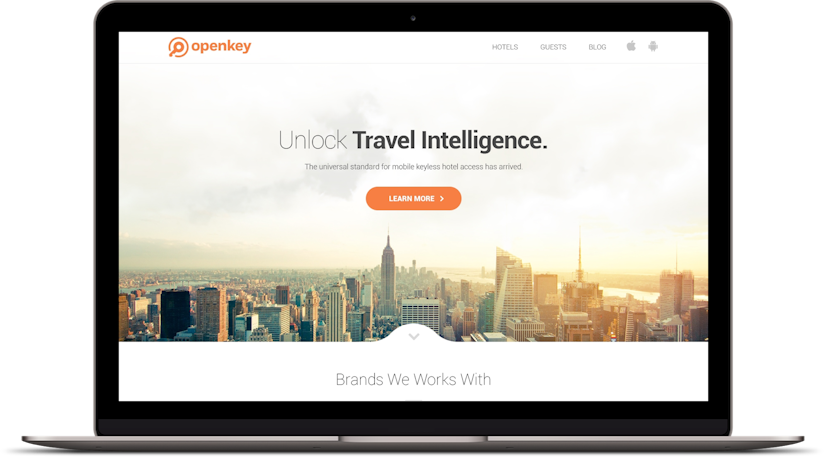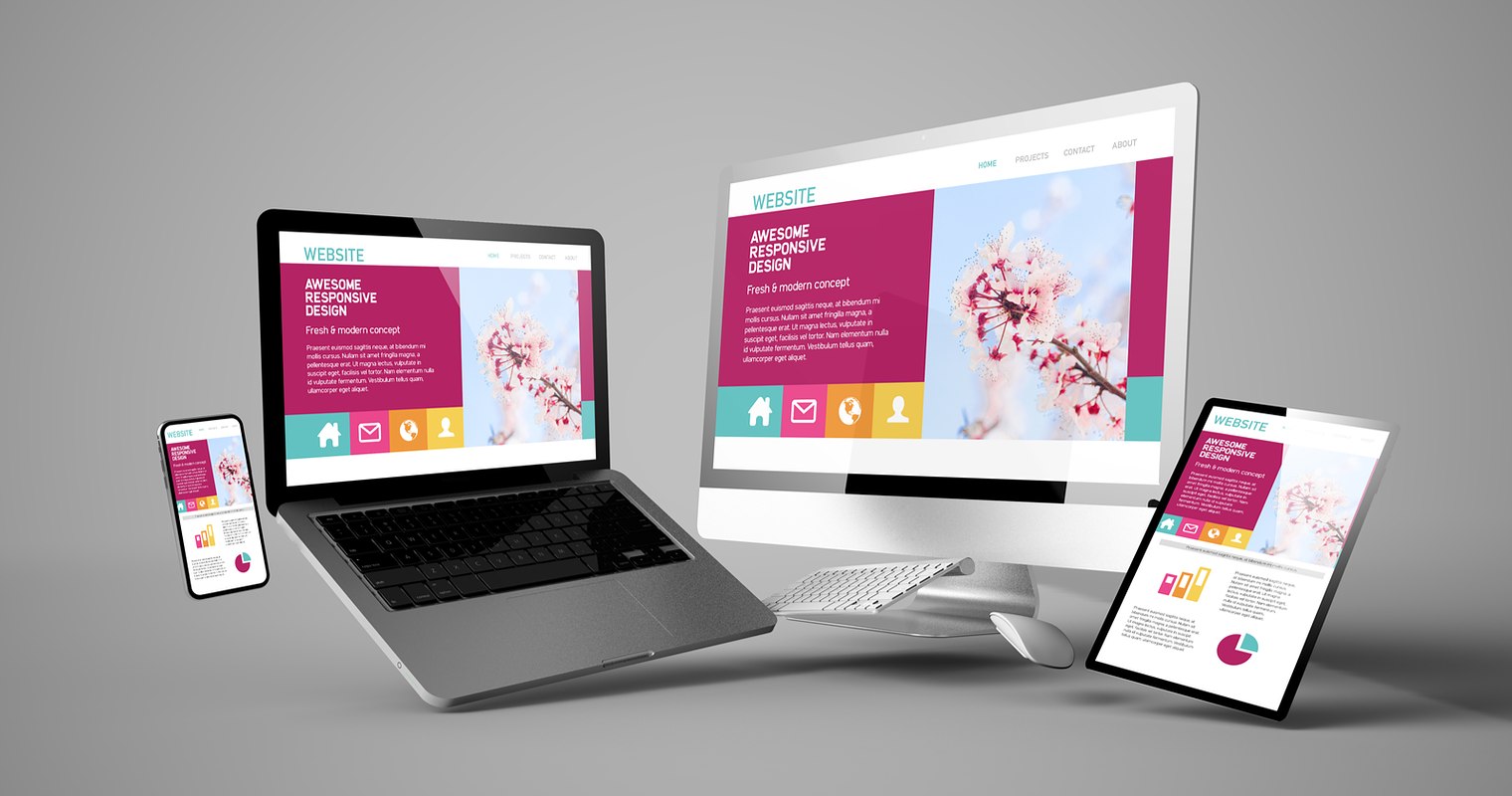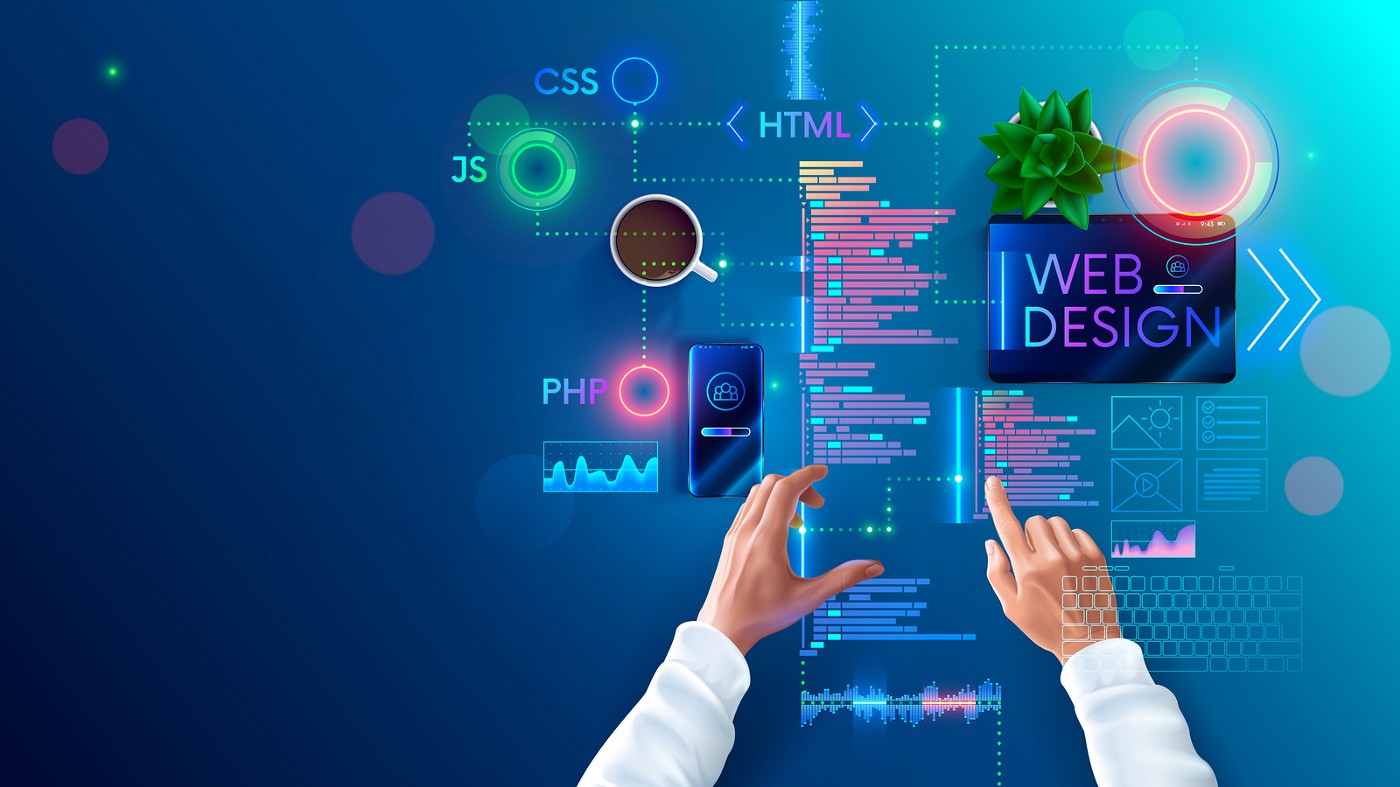All Categories
Featured
Table of Contents
- – Web Design Inspiration : The Best Website Desi...
- – The Leader In Website Design – Squarespace Ti...
- – Learn Responsive Design - Web.dev Tips and Tr...
- – Web Design Studio & Digital Marketing Agency ...
- – Siteinspire - Web Design Inspiration Tips and...
- – Lifted Logic: Web Design In Kansas City - Seo...
- – Why Is Web Design Important? - 6 Reasons To ...
- – Sustainable Web Design: Home Tips and Tricks:
- – Learn Responsive Design - Web.dev Tips and T...
- – Mrw Web Design - Wordpress Websites For Nonp...
- – Web Design Tools & Software - Webflow Tips a...
Web Design Inspiration : The Best Website Design Ideas Tips and Tricks:
Quick summary Usability and the utility, not the visual design, identify the success or failure of a site. Since the visitor of the page is the only person who clicks the mouse and therefore decides whatever, user-centric design has established as a basic technique for successful and profit-oriented web style - web design frederick md.
and the energy, not the visual style, determine the success or failure of a site. Considering that the visitor of the page is the only individual who clicks the mouse and therefore decides whatever, user-centric style has actually become a basic method for successful and profit-oriented website design. After all, if users can't use a feature, it might too not exist.
g. where the search box must be positioned) as it has already been carried out in a number of posts; rather we concentrate on the techniques which, utilized properly, can cause more sophisticated style decisions and streamline the procedure of perceiving presented information. Please observe that you might be interested in the usability-related short articles we have actually released prior to: Concepts Of Good Website Style And Effective Web Design Standards, In order to utilize the concepts properly we first require to comprehend how users connect with websites, how they think and what are the standard patterns of users' behavior.
The Leader In Website Design – Squarespace Tips and Tricks:
Visitors glance at each brand-new page, scan a few of the text, and click the first link that catches their interest or vaguely looks like the important things they're searching for. There are big parts of the page they do not even look at. Many users look for something interesting (or beneficial) and clickable; as soon as some appealing candidates are discovered, users click.
If a page offers users with premium content, they want to compromise the material with advertisements and the style of the site. This is the reason not-that-well-designed websites with high-quality content get a great deal of traffic over years. Content is more crucial than the design which supports it.

Users do not check out, they scan. Notification how "hot" locations abrupt in the middle of sentences. This is typical for the scanning process. Very basic concept: If a website isn't able to satisfy users' expectations, then designer failed to get his job done properly and the company loses money. The higher is the cognitive load and the less intuitive is the navigation, the more willing are users to leave the site and search for options.
Learn Responsive Design - Web.dev Tips and Tricks:
Neither do they scan webpage in a direct style, going sequentially from one website section to another one. Rather users satisfice; they pick the first reasonable option. As quickly as they find a link that appears like it may result in the goal, there is a great chance that it will be instantly clicked.
It does not matter to us if we comprehend how things work, as long as we can use them. If your audience is going to imitate you're developing signboard, then design terrific signboards." Users wish to have the ability to control their internet browser and rely on the constant information presentation throughout the site.
If the navigation and site architecture aren't instinctive, the number of enigma grows and makes it harder for users to comprehend how the system works and how to get from point A to point B. A clear structure, moderate visual clues and quickly identifiable links can assist users to find their path to their aim.
Web Design Studio & Digital Marketing Agency • Gravitate Tips and Tricks:

claims to be "beyond channels, beyond items, beyond circulation". What does it indicate? Because users tend to explore websites according to the "F"-pattern, these 3 statements would be the first elements users will see on the page once it is filled. The design itself is simple and user-friendly, to understand what the page is about the user requires to browse for the answer.
As soon as you've attained this, you can interact why the system is helpful and how users can benefit from it. Don't Misuse Users' Persistence, In every task when you are going to use your visitors some service or tool, try to keep your user requirements very little.
Newbie visitors are willing to, not filling long web forms for an account they might never ever utilize in the future. Let users explore the website and discover your services without forcing them into sharing personal data. It's not reasonable to force users to go into an e-mail address to check the function.
Siteinspire - Web Design Inspiration Tips and Tricks:
And that's what you want your users to feel on your web site. The registration can be done in less than 30 seconds as the kind has horizontal orientation, the user doesn't even need to scroll the page.
A user registration alone is enough of an impediment to user navigation to cut down on inbound traffic. Handle To Focus Users' Attention, As sites supply both fixed and vibrant content, some elements of the user interface attract attention more than others do.
Focusing users' attention to specific areas of the site with a moderate usage of visual components can help your visitors to obtain from point A to point B without thinking about how it actually is supposed to be done. The less question marks visitors have, the they have and the more trust they can establish towards the company the website represents.
Lifted Logic: Web Design In Kansas City - Seo - Website ... Tips and Tricks:
Aim For Feature Direct exposure, Modern web designs are generally slammed due to their technique of directing users with aesthetically appealing 1-2-3-done-steps, large buttons with visual impacts and so on. From the style viewpoint these components actually aren't a bad thing.
The site has 9 primary navigation alternatives which are noticeable at the first glimpse. The option of colors may be too light, though. is a basic principle of successful user interface style. It does not actually matter how this is achieved. What matters is that the content is well-understood and visitors feel comfortable with the method they communicate with the system.
Instead a price: just what visitors are looking for. An optimal service for efficient writing is touse short and succinct expressions (come to the point as rapidly as possible), use scannable design (classify the content, use several heading levels, use visual components and bulleted lists which break the flow of consistent text blocks), use plain and unbiased language (a promo doesn't require to sound like advertisement; give your users some affordable and unbiased factor why they need to use your service or remain on your site)6.
Why Is Web Design Important? - 6 Reasons To Invest In Site ... Tips and Tricks:
Users are hardly ever on a site to delight in the design; moreover, in many cases they are looking for the info regardless of the design - web design frederick md. Pursue simplicity instead of intricacy. From the visitors' point of view, the finest site design is a pure text, with no ads or further material blocks matching precisely the question visitors utilized or the material they have actually been looking for.
Finch clearly presents the information about the site and offers visitors a choice of choices without overcrowding them with unnecessary material. 7. Don't Be Scared Of The White Space, In fact it's truly tough to overestimate the value of white space. Not only does it help to for the visitors, however it makes it possible to perceive the info presented on the screen.
Complex structures are harder to read, scan, analyze and deal with. If you have the option in between separating 2 design sections by a noticeable line or by some whitespace, it's normally much better to use the whitespace solution. (Simon's Law): the much better you handle to provide users with a sense of visual hierarchy, the easier your material will be to perceive.
Sustainable Web Design: Home Tips and Tricks:
The very same conventions and rules ought to be applied to all elements.: do the most with the least quantity of hints and visual aspects. Clearness: all parts need to be created so their significance is not unclear.
Conventions Are Our Buddies, Standard style of site elements does not lead to an uninteresting web site. As they minimize the finding out curve, the requirement to figure out how things work. For instance, it would be an use headache if all sites had different visual discussion of RSS-feeds. That's not that various from our regular life where we tend to get used to standard concepts of how we arrange information (folders) or do shopping (positioning of items).
understand what they're anticipating from a website navigation, text structure, search placement etc. A case in point from use sessions is to equate the page in Japanese (presuming your web users do not understand Japanese, e. g. with Babelfish) and offer your usability testers with a task to find something in the page of various language.
Learn Responsive Design - Web.dev Tips and Tricks:
Test Early, Test Frequently, This so-called TETO-principle ought to be applied to every web style project as functionality tests frequently provide into substantial issues and concerns related to a provided design. Test not too late, not too little and not for the wrong reasons.
Some important points to bear in mind: according to Steve Krug, and screening one user early in the project is much better than testing 50 near the end. Accoring to Boehm's very first law, mistakes are most regular throughout requirements and design activities and are the more costly the later on they are gotten rid of.
That suggests that you develop something, test it, repair it and after that check it once again. There might be issues which haven't been discovered throughout the first round as users were practically blocked by other issues. use tests. Either you'll be pointed to the problems you have or you'll be indicated the lack of major style defects which is in both cases a beneficial insight for your project.
Mrw Web Design - Wordpress Websites For Nonprofits ... Tips and Tricks:

This holds for designers too. After you've worked on a website for few weeks, you can't observe it from a fresh viewpoint any longer. You know how it is developed and therefore you understand precisely how it works you have the knowledge independent testers and visitors of your site would not have.
It can be linked to other areas such as graphic style, user experience, and multimedia arts, however is more appropriately seen from a technological viewpoint. It has become a large part of people's everyday lives. It is hard to imagine the Web without animated graphics, different designs of typography, background, videos and music.

During 1991 to 1993 the World Wide Web was born. Text-only pages could be viewed using a simple line-mode web browser. There had actually been no integrated method to graphic design components such as images or sounds.
Web Design Tools & Software - Webflow Tips and Tricks:
The W3C was created in October 1994 to "lead the World Wide Web to its complete potential by establishing typical procedures that promote its evolution and ensure its interoperability." This discouraged any one business from monopolizing a propriety internet browser and programs language, which could have altered the effect of the World Wide Web as a whole.
As this has occurred the innovation of the web has likewise moved on. There have actually also been substantial changes in the way individuals use and access the web, and this has actually altered how sites are created.
Learn more about Lovell Media Group LLC or TrainACETable of Contents
- – Web Design Inspiration : The Best Website Desi...
- – The Leader In Website Design – Squarespace Ti...
- – Learn Responsive Design - Web.dev Tips and Tr...
- – Web Design Studio & Digital Marketing Agency ...
- – Siteinspire - Web Design Inspiration Tips and...
- – Lifted Logic: Web Design In Kansas City - Seo...
- – Why Is Web Design Important? - 6 Reasons To ...
- – Sustainable Web Design: Home Tips and Tricks:
- – Learn Responsive Design - Web.dev Tips and T...
- – Mrw Web Design - Wordpress Websites For Nonp...
- – Web Design Tools & Software - Webflow Tips a...
Latest Posts
Web Design Museum 1991 – 2006 Tips and Tricks:
Web Design Services - Verizon Small Business Essentials Tips and Tricks:
Web Design Services - Networksolutions.com Tips and Tricks:
More
Latest Posts
Web Design Museum 1991 – 2006 Tips and Tricks:
Web Design Services - Verizon Small Business Essentials Tips and Tricks:
Web Design Services - Networksolutions.com Tips and Tricks: